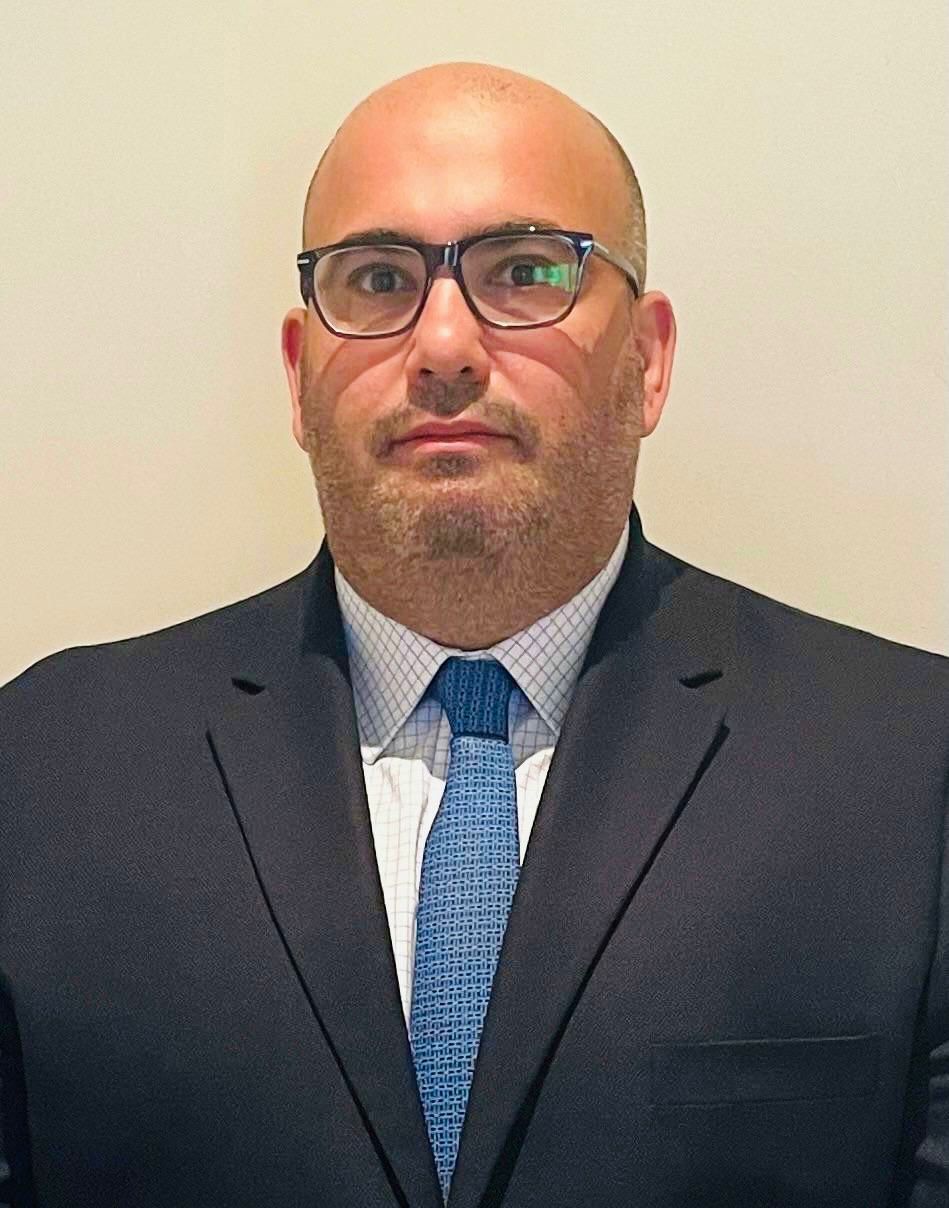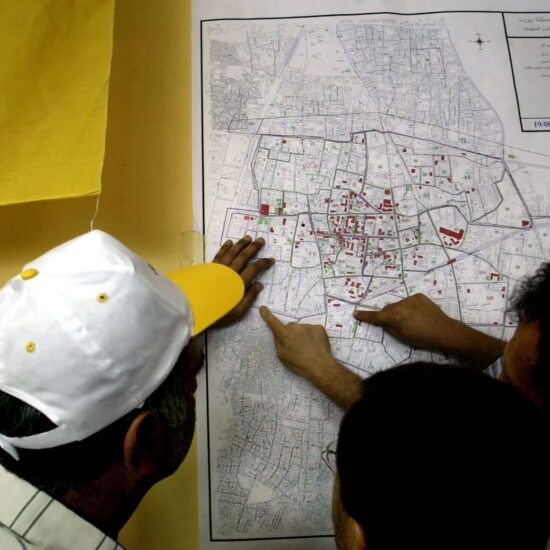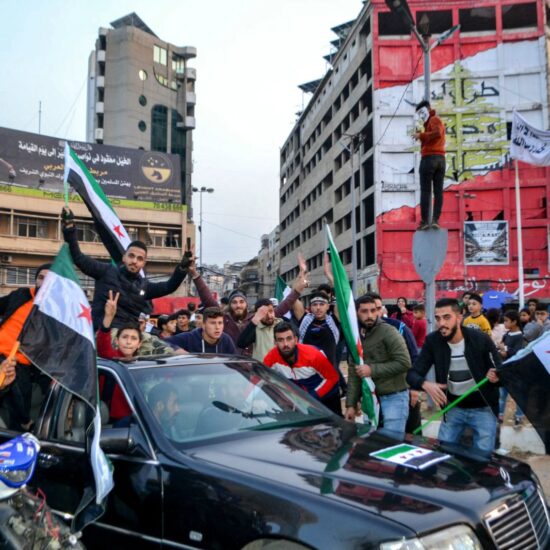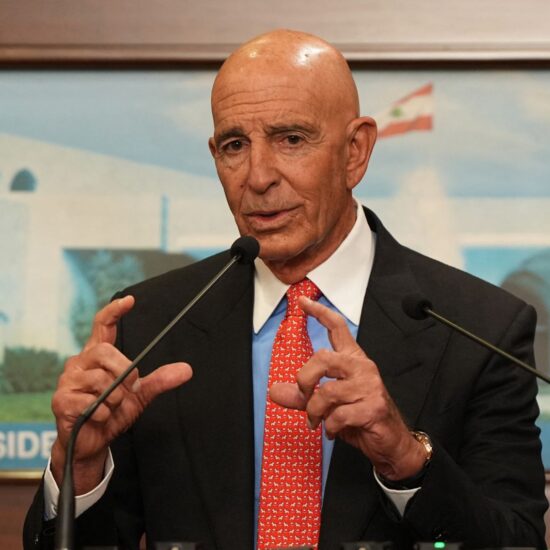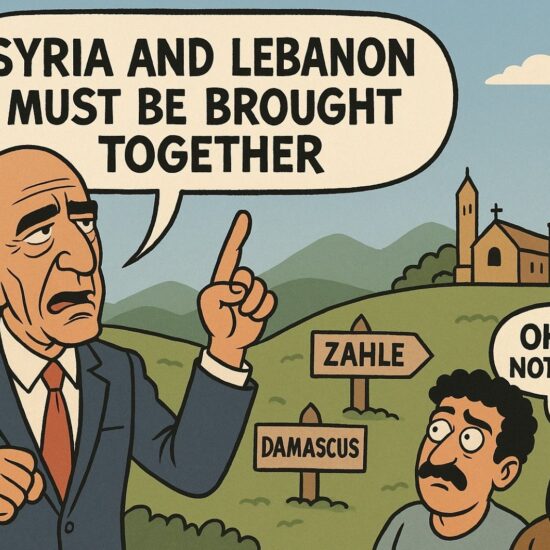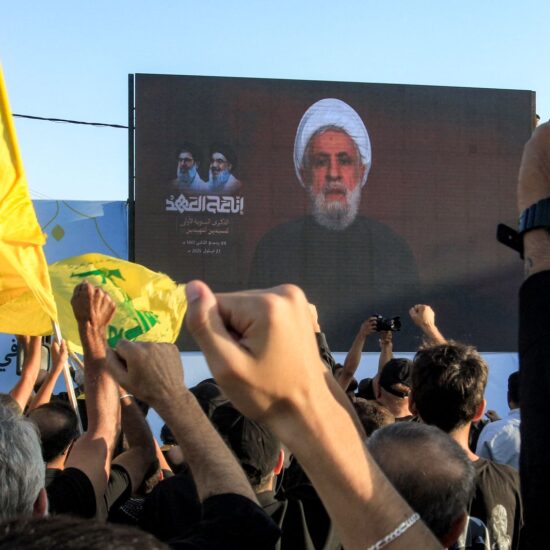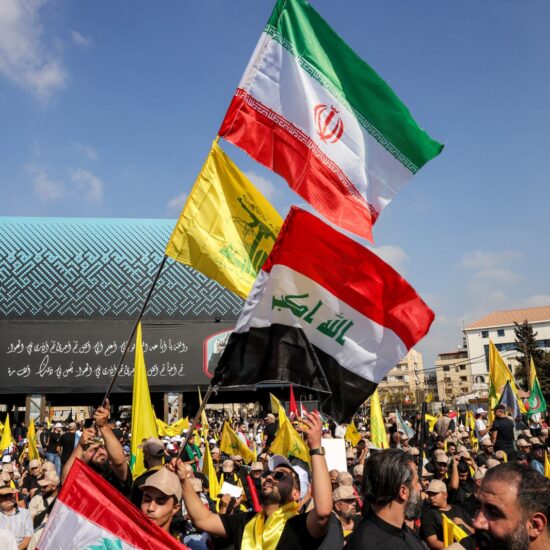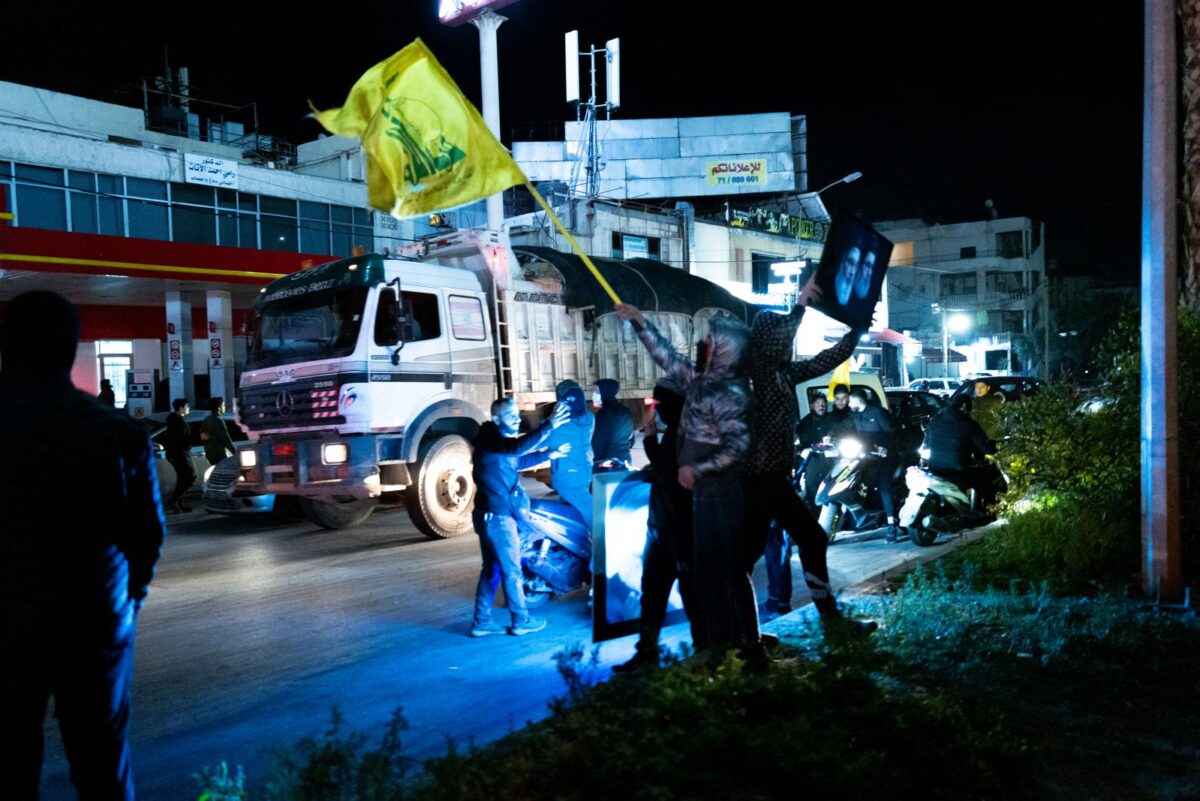
Reclaiming Lebanon's reality
“Until the lion learns to write, every story will glorify the hunter.”
This proverb resonates profoundly in times of conflict, where the battle extends beyond physical warfare into the realm of narratives. Every conflict is ultimately a struggle for perception, legitimacy, and control over the story that defines winners and losers. In the Arab region—steeped in a complex tapestry of history, religion, and geopolitics—this struggle assumes even greater significance.
Since the 1979 Islamic Revolution, Iran has perfected the art of narrative warfare. It has sought to reshape realities, justify interventions, and expand its regional influence by employing propaganda, disinformation, and ideological rhetoric. Even when Iranian officials boasted of wielding influence over four Arab capitals, the claim was more about dominating the narrative than asserting outright military supremacy. By manipulating discourse through traditional media, social platforms, and political rhetoric, facts have been distorted, and opponents delegitimized. Iran and its allies have consistently positioned themselves as defenders of a just cause, forcing their adversaries into a perpetual defensive posture.
Hezbollah, in particular, has excelled at crafting and reinforcing its narratives. In the wake of the July 2006 war, it successfully portrayed its armaments as the ultimate defense against Israeli aggression, solidifying the notion that “resistance weapons” were a national necessity. This narrative quickly gained traction and was institutionalized, even finding its way into ministerial statements issued by successive Lebanese governments.
Moreover, Hezbollah’s tight grip on state institutions has been instrumental in safeguarding its military power and reinforcing its preferred narrative. Its intervention in Syria was framed not as support for Bashar al-Assad’s regime, but as a defensive measure to protect Lebanon’s pluralism and way of life.
Recent developments—such as the Lebanese Army’s enforcement of security measures at the airport and its prevention of an Iranian aircraft from landing—have effectively curtailed some of Hezbollah’s privileges and sparked a new phase in this narrative war. Hezbollah now claims that these actions are attempts to block Iranian financial aid intended to compensate families affected by the recent conflict. Hence, the recent airport road incidents were spontaneous reactions from those whose properties were damaged and frustrated with the slow response to the damage incurred.
Instead of heralding a strengthening of state institutions, sovereignty, and the rule of law, Hezbollah casts these moves as a siege imposed on a specific community to appease the United States and other foreign powers. In doing so, it constructs a narrative of victimhood—a “community under siege.”
This narrative isn’t entirely new; its roots stretch back to the post-2006 reconstruction era. Back then, Hezbollah claimed credit for the rapid return of displaced families, the rebuilding of Beirut’s southern suburbs, and the reconstruction of villages in South Lebanon. In that narrative, Iran was portrayed as the primary sponsor, while the Lebanese government’s role and the substantial financial aid from Saudi Arabia, Qatar, Kuwait, and the UAE—far more significant than Iran’s contributions—were downplayed.
A similar pattern has emerged in response to sanctions imposed on figures accused of financing Hezbollah and Iranian proxies. The collapse of Lebanese financial institutions—such as the Lebanese Canadian Bank and Jammal Trust Bank—has been woven into this narrative, with restrictions on Hezbollah-affiliated financial networks depicted as assaults on the entire Shia community.
Today, Lebanese political groups and activists react in various ways to this emerging narrative. Some dismiss it outright, while others recognize underlying fears and advocate for a more inclusive dialogue. However, lessons from post-2006 Lebanon suggest that simply denying or discrediting the narrative is ineffective. A non–state-led narrative can only be countered if the state constructs its own competing story—one rooted in legitimacy, transparency, and efficiency.
The new Lebanese government faces a critical task. Beyond enforcing Resolution 1701 or preparing for the 2026 parliamentary elections, its primary objective must be establishing a state-led narrative based on good governance, institutional credibility, and the rule of law. This requires efficient implementation of reforms and reconstruction efforts free from cronyism and favoritism. Mismanagement must be minimized; public procurement processes should be transparent and accountable; and environmental and urban planning standards must be rigorously upheld to ensure sustainable development. Crucially, the government must publicly disclose its policies and decisions, making them accessible to journalists, activists, and the broader public. Transparency builds trust, and access to reliable information is the most effective weapon against misinformation and fabricated narratives.
Lebanon now stands at a crossroads. The post-war reconstruction process is not merely about rebuilding homes and livelihoods—it represents an opportunity to restore legitimacy and construct a national narrative firmly rooted in state sovereignty and institutional credibility.
“The legitimacy of a government is measured by its transparency and efficiency. Without them, power becomes authority without trust.” If Lebanon fails to seize this moment, the war of narratives will continue to be dictated by non-state actors, jeopardizing the future of the Lebanese state itself.
Khalil Gebara is an academic and researcher.
The views in this story reflect those of the author alone and do not necessarily reflect the beliefs of NOW.


